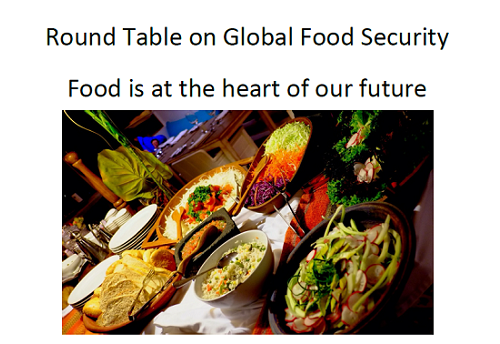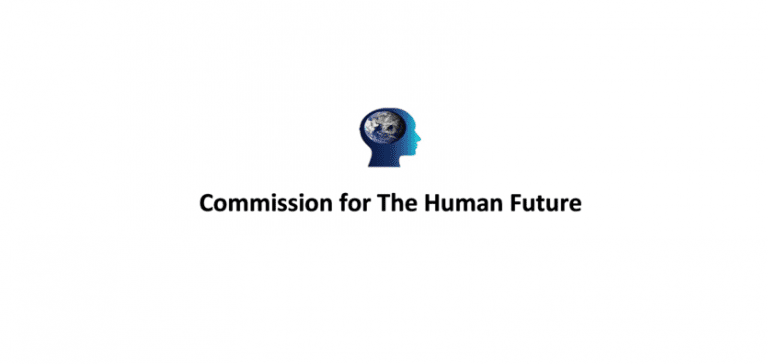We must all eat, every day, in order to survive and thrive. That adds up to more than 8 trillion meals a year. Present projections of demand by the Food and Agriculture Organization of the United Nations (FAO) indicate a need for 60 per cent more food by the mid-century. However, failure to address the current shortcomings of the global food system could potentially result in a global food shortfall of up to 40 per cent. Our Second Round Table finds that the future of food cannot be taken for granted.
In its first Round Table report, the Commission for the Human Future called on all people and nations to prepare a plan for humanity to survive and thrive, far into the future in the face of ten intersecting threats. Food, and how we produce and share it, lies at the very heart of such a plan.
For a growing range of reasons, the world food supply is not sustainable. Currently humanity consumes 1.7 times the resources that the Earth can sustainably provide. We have already seen clear evidence that it our food system is starting to fracture – and we need to act now, before it falls apart. The reasons are many and deeply intertwined. They have to do not only with soil, water and climate but also with nutrition and its lack, with systems of governance and economics, with population growth and the progressive destruction done to the natural world, with fairness and inequity. Food has been termed a ‘wicked problem’ because it is so complex – but that does not mean it is insoluble. Rather, it is a worthy challenge.
Our purpose in this report is to identify, clearly, some of the extreme vulnerabilities and weaknesses of our present food system – and also to highlight some possible solutions. We make no firm prescriptions, nor do we detract from the great work by many bodies worldwide who are trying to build a better food future. We support and add to it. Our chief aim is to place food within the context of the ten catastrophic risks now facing humanity, explain the urgency of a united global effort to transform it and so build a more secure nutritional future for everyone.
Our greatest enemy is complacency – the lazy belief that because there is food in the shops today, it will always be there tomorrow. This view has coloured the attitudes of governments, corporations and consumers alike. It has bred inaction, lack of interest, lack of vision, lack of will for change, lack of research. It has allowed dangerous, corrupt and unhealthy elements to assert control over this most precious life-giving substance.
This second report is a call for action by everyone – farmers, consumers, industry, governments, communities, indigenous people, scientists, cooks and investors – to join in building a healthy, renewable food industry for the future. Its aim is to stir discussion, debate, ideas and a worldwide will for transformation in food.
John Hewson
Chairman
Commission for the Human Future


